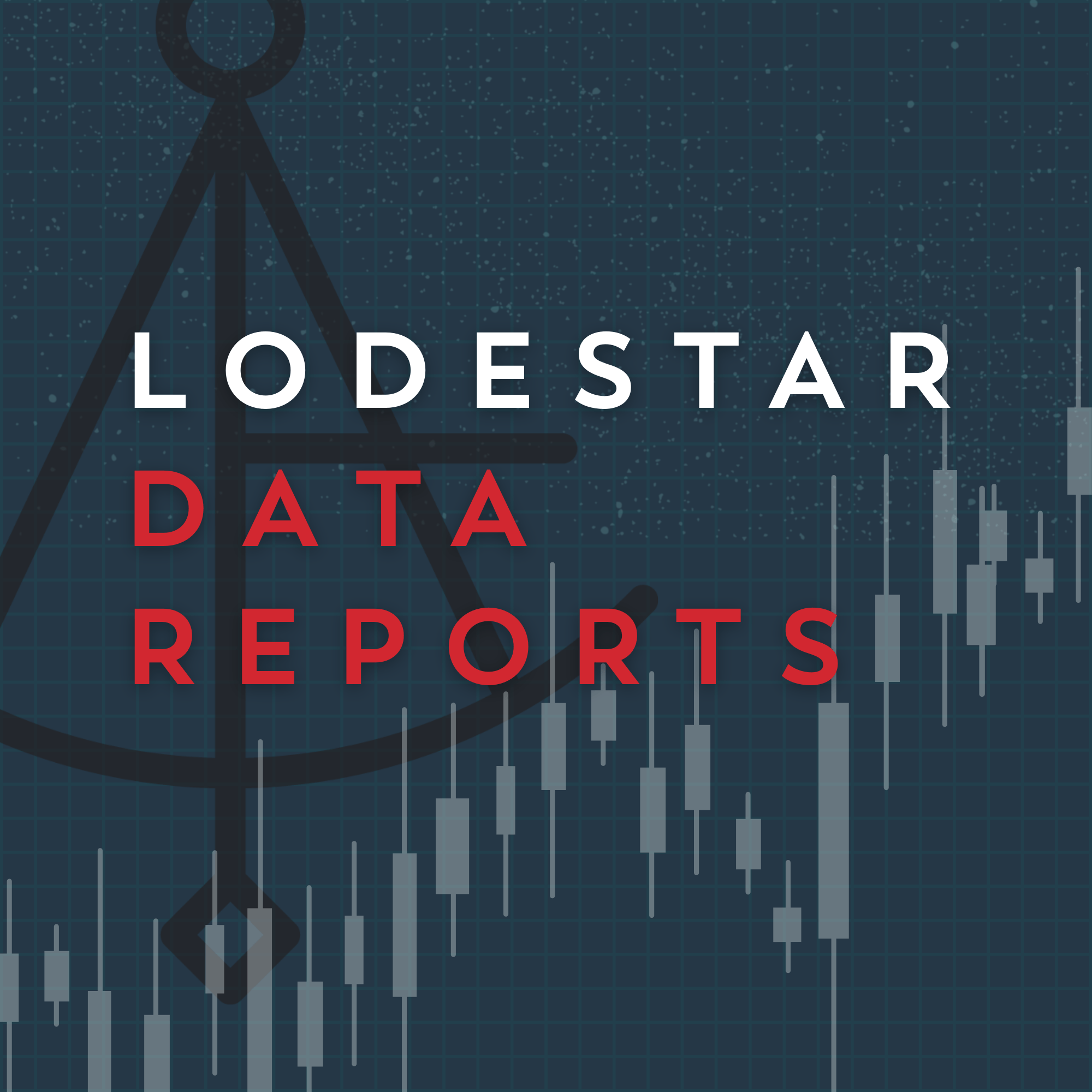

“Data you can rely on.”
That’s what it says on LodeStar’s website, where we also publish lots of numbers about how accurate our Closing Cost Calculator is and how much of our annual revenue we pay in client cures, among other things.
All of those stats hold up to scrutiny. They prove something we’re proud of: our product is reliable. Our clients swear by it and enjoy a ton of peace of mind from its accuracy and ease of use.
But a big question remains…
How?
One of the things that sets LodeStar apart from other fee providers is that we employ an in-house, full-time, dedicated team of data experts—all of whom are based in the United States—to monitor fee updates. When it comes to tracking, verifying, and publishing nationwide fee updates, they have their work cut out for them…
Recording Fees and Transfer Taxes
Recording fees and transfer taxes are usually published on government websites. Since these are fees charged by state or local governments, all of them are technically public record. But that doesn’t mean they’re always easy to find…
Even for a team as resourceful as LodeStar’s data gurus, it would be impossible to manually check each of these government sites—there are thousands of them. So, the data team employs automated tools to notify them of any changes or updates. Once received through an automated alert, these updates are then verified, ideally with a primary source, before they are pushed to live in our system.
Often, to verify a change or to arbitrate a seeming discrepancy, the data team makes a phone call to the office to ascertain changes and exact fees. Verifying fees or updates with local offices is just one more way to ensure the integrity of our data.
In addition, our data team subscribes to lots of county mailing lists from throughout the United States. More often than not, these lists don’t provide information that we haven’t already received through other notification sources.
That said, these lists are a lot of fun. Local Christmas tree lighting ceremonies, cancelled bingo nights, craft fairs… These all make for good reading, to be sure.
Sometimes, the data team is tracking potential fee updates before they’re even official. For example, the team might receive a Google Alert in June informing them of a proposed update, pending a vote in November. The team then sets a reminder to see in November if the vote passed. That way, whether or not the fee changes, we can publish changes for LodeStar users the moment the fee changes are effective.
As a testament to just how thorough the wide net we cast is, we usually hear about fee updates multiple times, from multiple sources. Ron Carvalho, Director of Data Operations, insists that’s a good problem to have. “I’d rather hear about something five times than zero.”
Wherever possible, the data team implements changes to recording fees and transfer taxes 60 days in advance of the effective date. That way, our clients are always covered.
Underwriter Rates
Whereas transfer taxes and recording fees are published by state and local governments, underwriter rates are published by the underwriters themselves.
Underwriters are even less likely than county websites to have publicly-facing, up-to-date information. This means subscribing to underwriter mailing lists, where fee changes are usually published.
The amount of notifications we receive varies month-to-month. Usually, we hear about 15–20 updates a month. Some underwriters might publish 40+ updates in half a month, however. Just like with government fees, LodeStar’s data team aims for redundancy. We’d rather hear about these updates from multiple sources, multiple times, than not at all.
Clients will often contact us to notify us about fee updates. The typical answer is, “Thank you for letting us know. That update already went live in our system x number of weeks ago.”
For underwriter rates, we make rate updates effective on the day that the new manual goes into effect. That way, if clients ever misquote fees, they can reference the date the quote was run, which will feature data accurate to that day and time. Underwriters generally honor the rate effective on the date of the initial quote.
Title Agent Fees
Title agent fees are, to quote Jim Mark, LodeStar’s Quality Control Manager, “ a different beast.” To obtain these, LodeStar needs to contact title agents directly. And since setting up agent fees is a customization unique to a client’s specific configuration of our Closing Cost Calculator in their system, our Custom Success team handles agent fees.
Agents quote their fees to us, and we implement them in our database. To monitor changes, such as escrow rate changes, we monitor new manuals published by agents. If there is ever a discrepancy on a client’s CD and the disclosed fee, LodeStar contacts the agent for clarification.
It’s proved difficult for LodeStar Custom Success to consistently get our team added to agent mailing/update lists, so we just make sure, whenever there’s a shadow of a doubt about a fee, to proactively reach out. Again, we aim for redundancy. As a general rule, following up on a quarterly basis has proved an effective baseline practice.
Between the Data and Customer Success teams, LodeStar’s database is built on a foundation of thoroughness and expertise. We make a list, we check it—let’s be honest, probably way more than twice.
That’s probably why LodeStar’s Closing Cost Calculator is only wrong 0.00616% of the time. That’s only 1 cure for every 16,500 quotes.
We pride ourselves in the integrity of the fees we provide, which is—to end precisely where we began—“Data you can rely on.”
Need more data? On April 21, 2025, LodeStar will release its first data report on average closing cost percentages by state. Stay tuned!